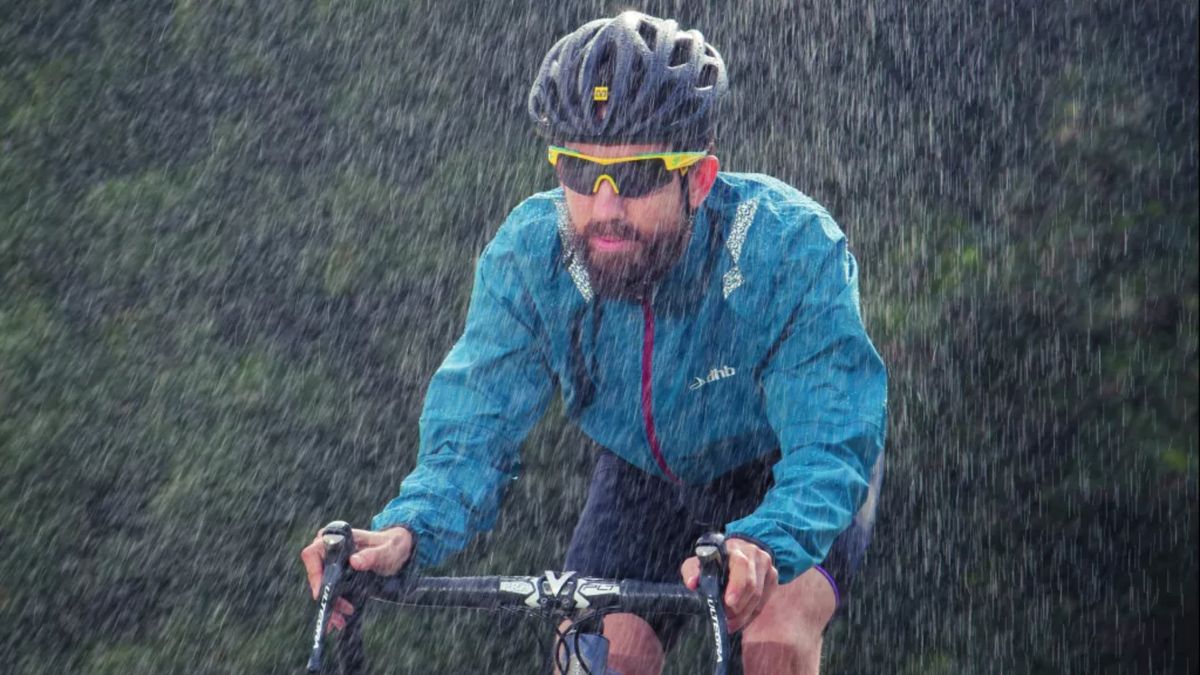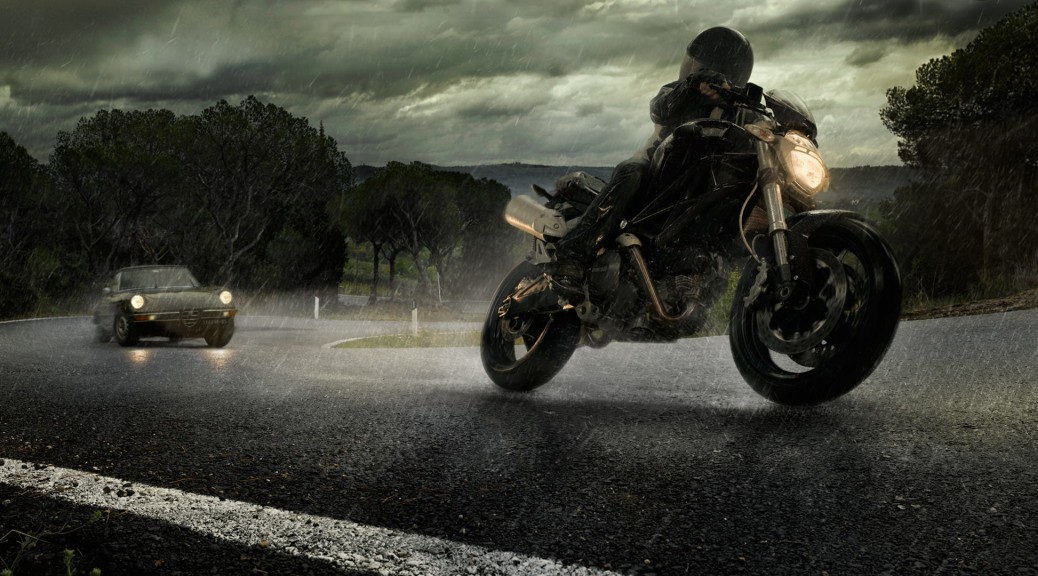Choosing the Right Gear for Cycling in the Rain
Cycling in the rain can be an enjoyable experience if you have the proper gear. Waterproof clothing is essential to keep you dry and comfortable during your ride. A waterproof jacket is the first line of defense against rain, ensuring that your upper body remains dry. Pair your jacket with waterproof pants to protect your legs from moisture. Additionally, consider investing in waterproof gloves and shoe covers to keep your hands and feet warm and dry.
Visibility is crucial when cycling in the rain, as reduced visibility can increase the risk of accidents. Reflective clothing and accessories can significantly enhance your visibility during rainy rides. Consider wearing a reflective vest or arm bands to make yourself more noticeable to motorists and pedestrians. Lights, both front and rear, are also essential for cycling in the rain, ensuring that you are seen from all angles.
Preparing Your Bicycle for Wet Weather
Preparing your bike for rainy conditions is crucial for a safe and enjoyable ride. Start by installing fenders to protect yourself and your bike from road spray. Fenders help keep water and debris off your clothes and components, reducing the risk of rust and corrosion.
Next, check your tire tread for wear and tear. Worn-out tires can reduce traction on slippery surfaces, increasing the risk of accidents. Consider using tires with deeper tread patterns or wider tires for better grip in wet conditions. Proper tire pressure is also essential; under-inflated tires can lead to poor handling and increased risk of punctures.
Maintaining your brakes is vital for safe cycling in the rain. Ensure your brake pads have enough material and are not contaminated with oil or debris. Regularly clean and adjust your brakes to maintain optimal performance.
Mudguards are another essential accessory for cycling in the rain. They help protect your bike’s drivetrain from water and grime, reducing wear and tear on components and extending their lifespan.
How to Stay Visible While Cycling in the Rain
Visibility is a critical safety concern when cycling in the rain. Reduced visibility can make it challenging for motorists and pedestrians to see you, increasing the risk of accidents. To ensure your safety, consider using lights, reflective clothing, and other accessories to enhance your visibility during rainy rides.
Lights are essential for cycling in the rain. Front and rear lights help you see the road ahead and make you visible to others from behind. Use a bright, flashing light during the day to ensure you are seen in low-visibility conditions. At night, use a steady, bright light to illuminate the road ahead.
Reflective clothing and accessories can significantly enhance your visibility during rainy rides. Reflective materials reflect light, making you more noticeable to motorists and pedestrians. Consider wearing a reflective vest or arm bands to make yourself more visible from all angles. Reflective ankle bands and shoe covers can also help enhance your visibility.
Other accessories, such as spoke lights and helmet lights, can also help enhance your visibility during rainy rides. Spoke lights attach to your bike’s spokes and create a bright, moving light pattern that is highly visible from a distance. Helmet lights, on the other hand, attach to your helmet and provide an additional light source that moves with your head, making you more noticeable to others.
Mastering Bike Handling Techniques for Wet Weather
Navigating slippery surfaces and low-visibility conditions requires specialized bike handling techniques. By mastering these techniques, you can enhance your safety and confidence while cycling in the rain.
Maintaining a steady speed is crucial when cycling in the rain. Avoid sudden acceleration or deceleration, as these movements can cause you to lose traction and control. Instead, gradually increase or decrease your speed, giving yourself enough time to react to changing conditions.
Increasing your following distance is also essential when cycling in the rain. Wet roads can reduce your stopping distance, making it more challenging to avoid collisions. By increasing your following distance, you give yourself more time to react to sudden stops or changes in direction.
Avoiding sudden movements is crucial when cycling in the rain. Sharp turns or abrupt changes in direction can cause you to lose traction and control. Instead, make smooth, gradual movements, giving yourself enough time to adjust to changing conditions.
Cornering and braking techniques are also essential when cycling in the rain. When cornering, take a wider line and reduce your speed before entering the turn. Use a slow, steady cadence and avoid sudden movements. When braking, apply pressure gradually, giving yourself enough time to stop safely.
Riding Safely in Heavy Rain and Storms
Cycling in heavy rain and storms can be challenging, but with the right preparation and mindset, it is possible to ride safely and comfortably. Here are some tips for riding in heavy rain and storms.
First, assess the weather conditions before heading out. If the storm is severe, consider postponing your ride or seeking alternative transportation. If you must ride, dress appropriately for the weather. Wear waterproof clothing, including a jacket, pants, gloves, and shoe covers. Ensure that your clothing is visible, with reflective materials or bright colors.
When riding in heavy rain, reduce your speed and increase your following distance. Wet roads can be slippery, and visibility may be reduced. Avoid puddles and standing water, as these can hide hazards such as potholes or debris. Use caution when crossing intersections, as visibility may be limited for motorists.
Staying warm and dry is essential when riding in heavy rain. Consider using fenders to protect your clothing from road spray. Use a waterproof bag or pannier to keep your belongings dry. Take breaks as needed to warm up and dry off.
If you get caught in a storm while riding, seek shelter as soon as possible. Find a covered area, such as a bus stop or awning, and wait for the storm to pass. If you cannot find shelter, dismount and walk your bike to a safe location.
Maintaining Your Bike After Cycling in the Rain
Cycling in the rain can be a fun and refreshing experience, but it can also take a toll on your bike. Proper maintenance is essential to keep your bike in good condition and prevent rust and corrosion. Here are some tips for maintaining your bike after cycling in the rain.
Clean your bike thoroughly after each wet ride. Use a bucket of warm water and a mild detergent to remove dirt, mud, and grime from the frame, wheels, and components. Rinse your bike with clean water and dry it thoroughly with a towel. Pay special attention to areas that are prone to rust, such as the chain, cassette, and derailleurs.
Lubricate your chain and other moving parts after each wet ride. Use a high-quality bike lubricant that is designed for wet conditions. This will help to prevent rust and corrosion and keep your bike running smoothly. Wipe off any excess lubricant with a clean cloth to prevent attracting dirt and grime.
Check your brakes after each wet ride. Wet rims and brake pads can reduce braking performance, so it’s essential to ensure that your brakes are working correctly. Adjust your brakes as needed and replace any worn or damaged parts.
Store your bike in a dry, well-ventilated area after each ride. Moisture can cause rust and corrosion, so it’s essential to keep your bike as dry as possible. Consider using a bike cover or storing your bike in a garage or shed.
Benefits of Cycling in the Rain: Embracing the Elements
Cycling in the rain can be a unique and rewarding experience, offering several benefits that are not available in dry weather. Here are some advantages of cycling in the rain that you may find appealing.
First, cycling in the rain can help you build mental resilience. Overcoming the challenges of wet weather and slippery roads can boost your confidence and help you develop a positive attitude towards adversity. By embracing the elements, you can become a stronger and more adaptable cyclist.
Second, cycling in the rain can be a great way to beat the crowds. Many cyclists avoid wet weather, so you may find that your favorite routes are less crowded during rainy conditions. This can provide a more peaceful and enjoyable riding experience, free from the stress of heavy traffic and large groups of cyclists.
Third, cycling in the rain can give you a sense of accomplishment. Completing a ride in wet weather can be a source of pride and satisfaction, knowing that you have overcome the challenges of the elements. This can be a powerful motivator to keep riding, even when the weather is less than ideal.
To make the most of your rainy rides, be sure to dress appropriately and take the necessary precautions to stay safe and visible. Use reflective clothing and accessories, and consider using lights to increase your visibility in low-light conditions. Take your time and adjust your speed to the conditions, and be prepared to stop and seek shelter if the weather becomes too severe.
Real-Life Examples: Cycling Heroes Who Conquer Rain and Wind
Cycling in the rain can be challenging, but many cyclists have mastered the art of riding in wet weather. Here are some inspiring stories of cyclists who excel in rainy conditions, demonstrating how the right gear, techniques, and mindset can help you conquer the rain and enjoy your rides.
Professional cyclist Peter Sagan is known for his impressive performances in all weather conditions, including rain. In the 2015 Tour de France, Sagan won the rain-soaked stage 3, demonstrating his exceptional bike handling skills and mental toughness. By embracing the elements and focusing on his technique, Sagan was able to outperform his competitors and claim the stage victory.
Long-distance commuter and cycling advocate Mikael Colville-Andersen is another example of a cyclist who thrives in wet weather. Based in Copenhagen, Denmark, Colville-Andersen is an advocate for urban cycling and has cycled in rain, snow, and other adverse conditions. By using the right gear, including waterproof clothing and accessories, and focusing on safety and visibility, Colville-Andersen is able to enjoy his daily commute, regardless of the weather.
These stories demonstrate that with the right preparation and mindset, cycling in the rain can be a safe and enjoyable experience. By following the tips and advice in this guide, you can learn to conquer the rain and enjoy the unique experience of cycling in wet weather.






